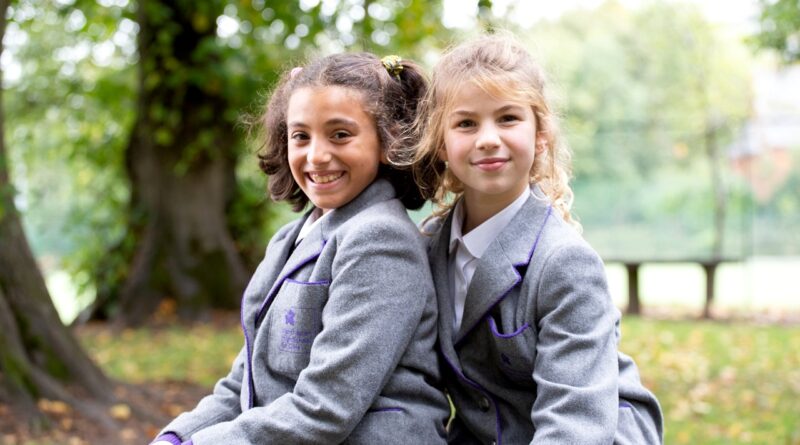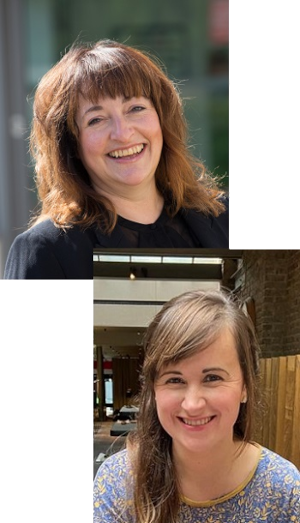Friend or Foe: A balanced take on technology | Interview
JM.
Screen-time is a much-discussed topic in the parenting world and covers numerous devices: the television, the family computer, iPads, and smartphones. Do you think the smartphone is more harmful than other screen-based devices?
SG.
All screens have the same potential impact, although some researchers in this area believe that the proximity of a phone screen to the face makes it more harmful and this is increased further if multiple screens are being used at the same time, such as a smartphone and the television, or a tablet and a smartphone. Research by Professor Victoria Dunckley, detailed in her book, ‘Reset your child’s Brain’, suggests that the toxicity of mobile devices is increased since they are held close to the eyes and face.
JM.
As a follow-up question, you mention that smartphones offer ‘numerous educational benefits, providing access to information, fostering creativity, and facilitating communication.’ How much screen-time would you advocate is healthy per day for a preparatory school-aged child and would you recommend that this is done on a device other than a smartphone?
SG.
Whilst smartphones can provide educational advantages it is essential to balance this with other activities. I would advocate using larger devices for educational purposes which may help mitigate some of the negative effects of excessive screentime, while still allowing children to benefit from the resources and opportunities that technology offers. It is really about striking a balance, focussing on quality not quantity and ensuring that their child has plenty of opportunity for outdoor play, exploration and face-to-face contact with others. Rather than suggesting a healthy amount of screentime, I would suggest that each time a parent gives their child a smart device, they ask themselves, why? If it is to keep their child quiet or entertained, consider how you might achieve that objective in other ways.
JM.
Some parents argue that early use of technology, including smartphones, gives their child an advantage and helps prepare them for their future world. How would you respond to this and exactly how do you think technology should be used, both in the classroom and at home, to prepare children for the future?
SG.
I believe that parents and educators have the same responsibility in this regard. Digital literacy skills are essential in today’s modern world. Knowing how to navigate software, use on-line resources and engage in digital communication is critical for future success. However, it is crucial to approach its use thoughtfully. Teachers should make sure that educational software is closely aligned to learning objectives and curriculum goals. Moreover, they should also provide guidance on digital citizenship, on-line safety and the judicious use of resources. It is essential that schools provide a balance between digital and hands-on learning experiences.
Parents too, can apply the same principles by establishing clear rules about screen-time ensuring that children have a balance of technology use and other activities such as outdoor play, reading and social interactions. Parents can serve as role models by demonstrating technology habits, limiting their own screentime and engaging in discussions about online behaviour and safety as well as designating times or areas of the house as tech-free to promote healthy face-to-face interactions.
JM.
You mention “growing research into the developmental and psychological effects of screen time”; what do you advise parents to read and/or listen to if they want to find out more for themselves about the harmful impact of early exposure to smartphones?
SG.
I would suggest reading:
- Reset your Child’s Brain by Professor Victoria Dunckley
- The Anxious Generation by Jonathan Haidt
- Stolen Focus by Johann Hari
- Access the PAPAYA Parents (Parents Against Phone Addiction in Young Adolescents) website started by Dr Susie Davies
- Access the Smartphone Free Childhood website. This organisation advocate delaying the use of smart devices until children reach their mid-teens.
- And also, Last Child in the Woods by Richard Louv; a thought provoking read which discusses the critical role that nature plays in children’s physical, emotional and cognitive development,


 One of our regular contributors,
One of our regular contributors, 



